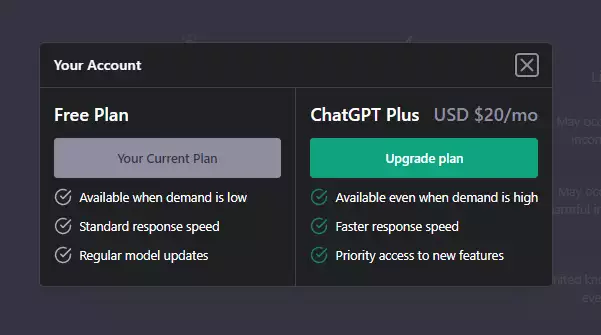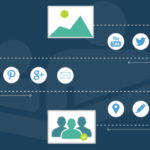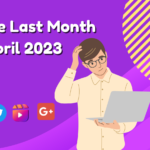Microsoft Corp-backed startup OpenAI began the rollout of Chat GPT-4, a powerful artificial intelligence model that succeeds the technology behind the wildly popular ChatGPT.
GPT-4 is “multimodal”, which means it can generate content from both image and text prompts.
WHY IS CHAT GPT-4 DIFFERENT FROM CHAT GPT-3.5?

GPT-3.5 takes only text prompts, whereas the latest version of the large language model can also use images as inputs to recognize objects in a picture and analyze them. GPT-3.5 is limited to about 3,000-word responses, while GPT-4 can generate responses of more than 25,000 words.
GPT-4 is 82% less likely to respond to requests for disallowed content than its predecessor and scores 40% higher on certain tests of factuality. It will also let developers decide their AI’s style of tone and verbosity.
For example, GPT-4 can assume a Socratic style of conversation and respond to questions with questions. The previous iteration of the technology had a fixed tone and style. Soon ChatGPT users will have the option to change the chatbot’s tone and style of responses, OpenAI.
CHAT GPT-4: WHAT ARE THE CAPABILITIES?
The most recent iteration of the platform has demonstrated superior performance in both the U.S. bar exam and the Graduate Record Examination (GRE), surpassing its predecessor. Furthermore, a demonstration by OpenAI’s president, Greg Brockman, showcased the platform’s capabilities in assisting individuals with tax calculations.
During the demonstration, GPT-4 exhibited its ability to generate a functioning website from a hand-drawn prototype. In addition, the Be My Eyes app, which serves the visually impaired community, will soon feature a virtual volunteer tool powered by GPT-4, enhancing the app’s functionality and accessibility.
WHICH LIMITATIONS DO CHAT GPT-4 HAVE?
OpenAI has stated that despite improvements, GPT-4 still shares certain limitations with its predecessors and may struggle when faced with real-world scenarios. One of the key challenges for AI programs like GPT-4 is the occurrence of inaccurate responses, or “hallucinations”.
However, OpenAI also notes that in certain domains, GPT-4 can rival the capabilities of human propagandists, particularly when working in conjunction with a human editor. For instance, GPT-4 was able to generate plausible suggestions when tasked with finding ways to create disagreement between two parties.
According to OpenAI CEO Sam Altman, while GPT-4 is currently the most capable and ethically aligned AI model, it is not without its flaws. One of the major limitations of GPT-4 is its lack of knowledge regarding events that have taken place after September 2021, as the majority of its data was cut off at that point. Additionally, GPT-4 does not possess the ability.
WHO HAS ACCESS TO GPT-4?

Although GPT-4 exhibits proficiency in processing both text and image inputs, the image-input feature has not been made publicly available yet, while the text-input feature will only be accessible to ChatGPT Plus subscribers and software developers, who may have to join a waitlist to gain access. The subscription plan was launched in February and provides subscribers with faster response times, and priority access to new features and upgrades for a monthly fee of $20. Notably, GPT-4 currently powers Microsoft’s Bing AI chatbot and a selection of features on Duolingo’s subscription tier.










